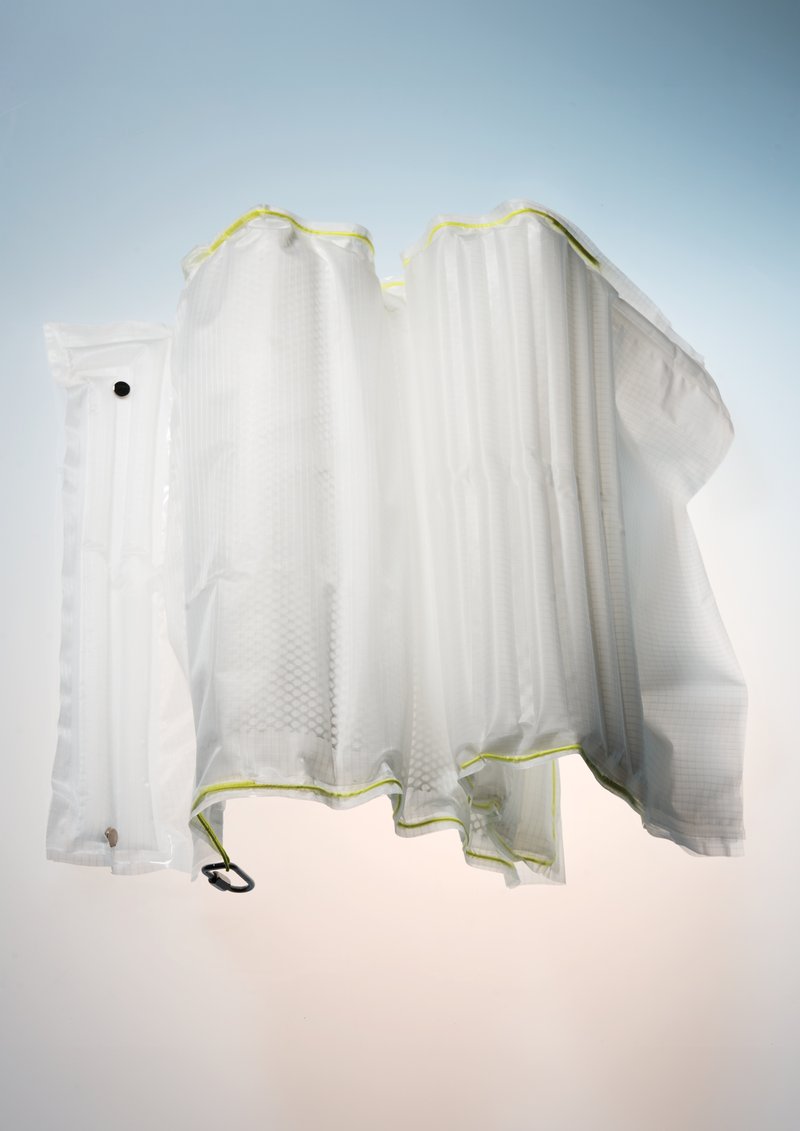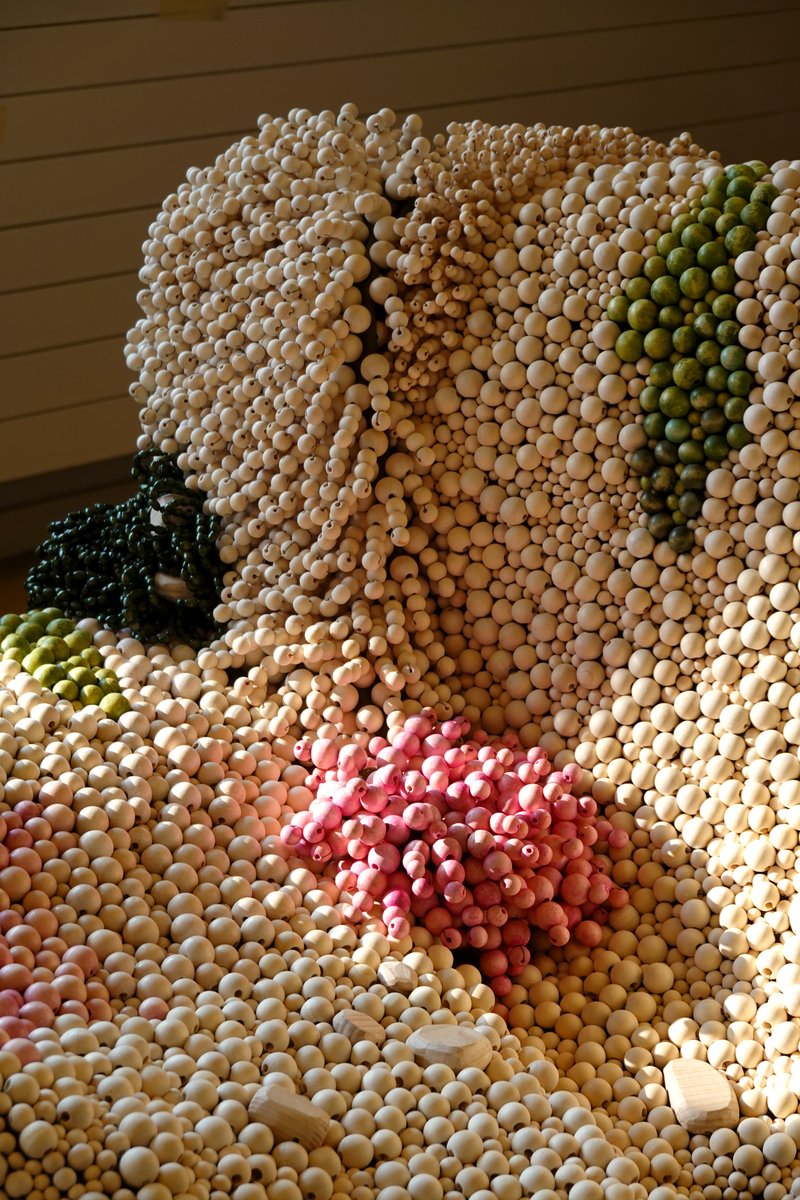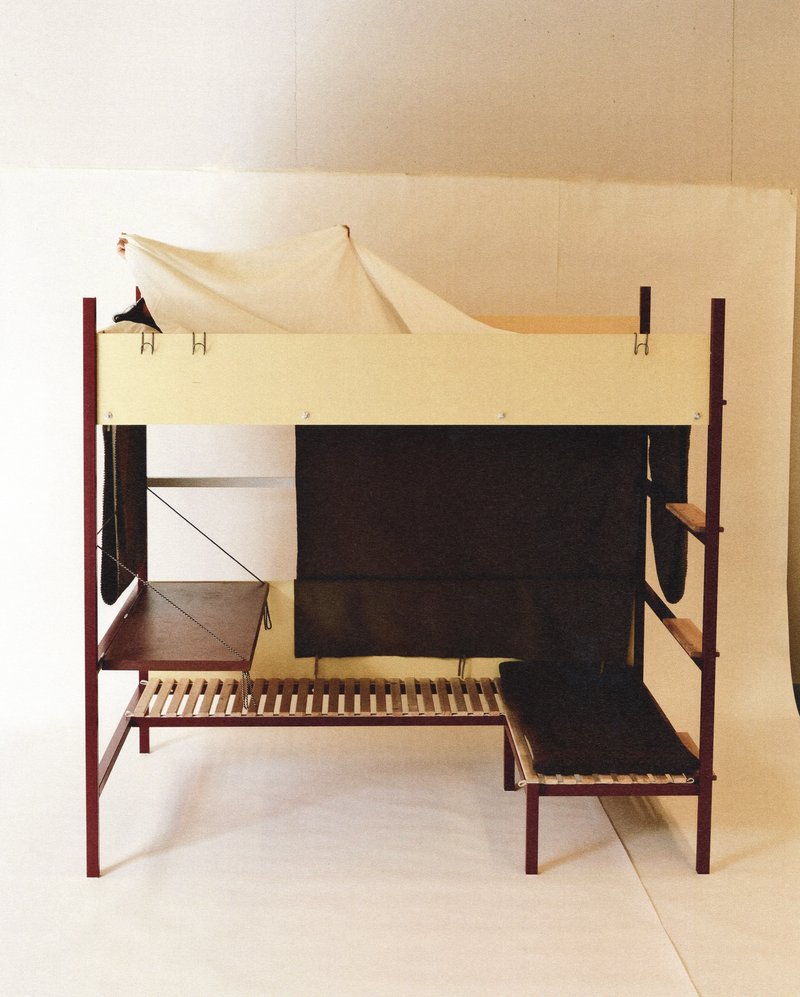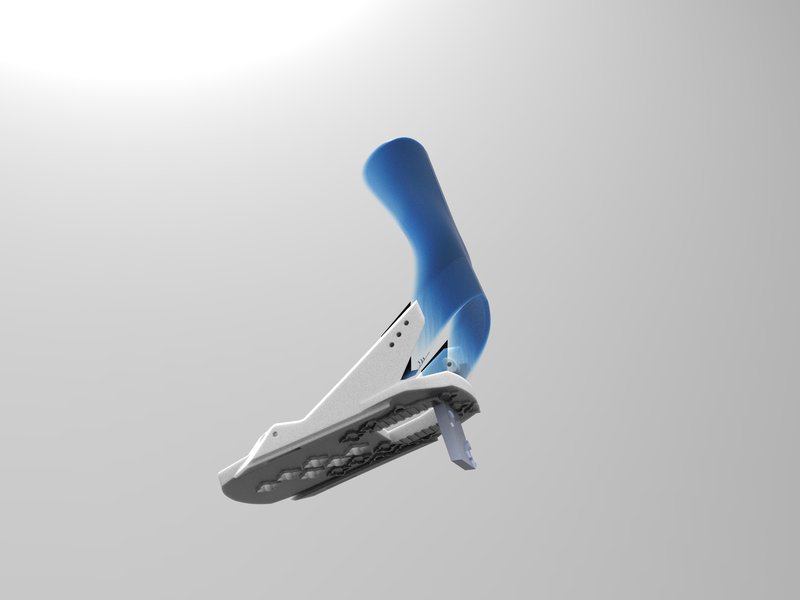ECAL x RBM by Flokk: The Future of School Seating
Innovative architecture, technology and design are shaping the future of education, challenging the norms for those creating learning spaces more than ever before. Danish furniture manufacturers RBM by Flokk have embarked on a semester-long design project with students from ECAL/University of Art and Design Lausanne (Switzerland).
“What a great challenge for the students to collaborate with an important brand in order to create future experiences based on their experiences from the past! Back to school and to the future!” says Alexis Georgacopoulos, Director of ECAL.
Based around the title, The Future of School Seating, the 1st year Master Product Design students worked with course leader and designer Camille Blin, assisted by Margo Clavier, to explore alternatives to today’s traditional school chair, specifically for children aged 6–12.
“We tasked the students at ECAL to reimagine traditional school chairs and to design a product that fits seamlessly into the operating culture of future learning environments. We know that ways of teaching and learning are more diverse than ever before and we are excited to show off some great concepts from the ECAL 1st year Master Product Design students – the next generation of super talented designers,” explains .ystein Austad, Design Manager, RBM by Flokk. Located inside Konstnärshuset, a stunning and historical art gallery based in Central Stockholm,Education Reimagined invites visitors to experience an interactive exhibition of inspiring concepts presented by the students themselves. Visitors to Stockholm Design week can enjoy a fascinating glimpse into how young designers envision education spaces of the future.
Studio project
(2020)
by
Oscar Kwong,
Silvio Rebholz,
Charlotta Åman,
Alexander Schul,
HsinHung Chou,
Julian Ribler,
Jonas Villiger
- Assistants
-
Margo Clavier






















